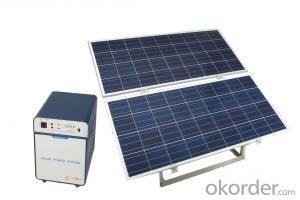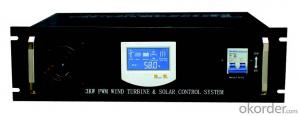Waaree Solar Off Grid Inverter
Waaree Solar Off Grid Inverter Related Searches
Led Light Bulbs For Ceiling Fixtures Led Lamps For Ceiling 42 In Ceiling Fan With Light Parts For Light Fixtures Light Projector For Christmas Grill With Led Light Bar Hanging Lights For Kitchen Bar Ceiling Lights For Sitting Room Ceiling Brackets For Lights Ceiling With Led LightsHot Searches
Aluminium Wire Mesh Manufacturers India Ceiling Fan Lowest Price Aluminium Scaffold Planks Sale Aluminium Walkway Mesh Prices Aluminum Bar Stock For Sale High Mast Light Price List Solar High Mast Light Specification High Mast Light Specification 6061 Aluminum Bar Stock Price Aluminum Bar Stock Price Stage Light Price Solar Inverter Fault Light Led Light Manufacturers Aluminum Round Bar Stock Sizes Aluminum Round Bar Stock Near Me Ceiling Fan Lowest Price Aluminum Flat Bar Stock Near Me Aluminum Bar Stock Sizes Aluminum Bar Stock Suppliers Aluminum Bar Stock Near MeWaaree Solar Off Grid Inverter Supplier & Manufacturer from China
Okorder.com is a professional Waaree Solar Off Grid Inverter supplier & manufacturer, offers integrated one-stop services including real-time quoting and online cargo tracking. We are funded by CNBM Group, a Fortune 500 enterprise and the largest Waaree Solar Off Grid Inverter firm in China.Hot Products
FAQ
- There are several types of solar inverters, including string inverters, microinverters, and power optimizers.
- Short-circuiting a solar inverter can pose several potential risks. Firstly, it can cause damage to the inverter itself, leading to its malfunction or complete failure. Secondly, it can result in overheating of the inverter, which may increase the risk of fire or electrical hazards. Additionally, short-circuiting can disrupt the flow of electricity, potentially causing damage to other connected equipment or appliances. Lastly, it may void the warranty of the solar inverter, resulting in additional expenses for repairs or replacements. Therefore, it is crucial to take proper precautions and avoid short-circuiting the solar inverter to ensure its safe and efficient operation.
- Yes, a solar inverter can be used in regions with high levels of electromagnetic interference. However, it is important to ensure that the solar inverter is designed and manufactured to have proper electromagnetic compatibility (EMC) measures in place. These measures help to minimize the impact of electromagnetic interference on the operation and performance of the solar inverter.
- Yes, a solar inverter can be used with a grid-interactive system. A grid-interactive system allows for the solar inverter to convert the DC power generated by the solar panels into AC power that can be used to power the home or business. It also allows for excess power to be fed back into the grid, thus reducing energy costs and providing additional benefits such as net metering.
- The role of voltage regulation in a solar inverter is to ensure that the output voltage of the inverter remains stable and within a certain range, regardless of fluctuations in the input voltage from the solar panels. This is important as it allows the inverter to effectively convert the DC power generated by the solar panels into AC power that can be used by household appliances or fed back into the grid. Voltage regulation helps protect the connected devices from voltage spikes or drops, optimizes the performance of the inverter, and ensures the safe and efficient operation of the entire solar power system.
- A solar inverter helps reduce carbon emissions by converting the direct current (DC) electricity generated by solar panels into alternating current (AC) electricity that can be used to power homes, businesses, or the electrical grid. By enabling the use of clean and renewable solar energy, solar inverters reduce the need for electricity generated from fossil fuel sources, such as coal or natural gas power plants. This results in a significant reduction in carbon emissions, as solar power is a clean and sustainable alternative to traditional energy sources.
- Yes, a solar inverter can be used with solar-powered streetlights. The solar inverter is responsible for converting the direct current (DC) produced by the solar panels into alternating current (AC) that can be used to power streetlights. This conversion allows the solar-powered streetlights to operate efficiently and effectively, utilizing the energy generated by the solar panels.
- A solar inverter handles voltage and frequency variations caused by switching operations through the use of advanced control algorithms and circuitry. It continuously monitors the input voltage and frequency from the solar panels and adjusts its own output voltage and frequency accordingly. This ensures that the power generated by the solar panels is efficiently converted into usable AC power that matches the grid requirements. The inverter's voltage and frequency control mechanisms help maintain a stable and consistent power supply, even in the presence of switching operations or fluctuations in the solar panel output.













































